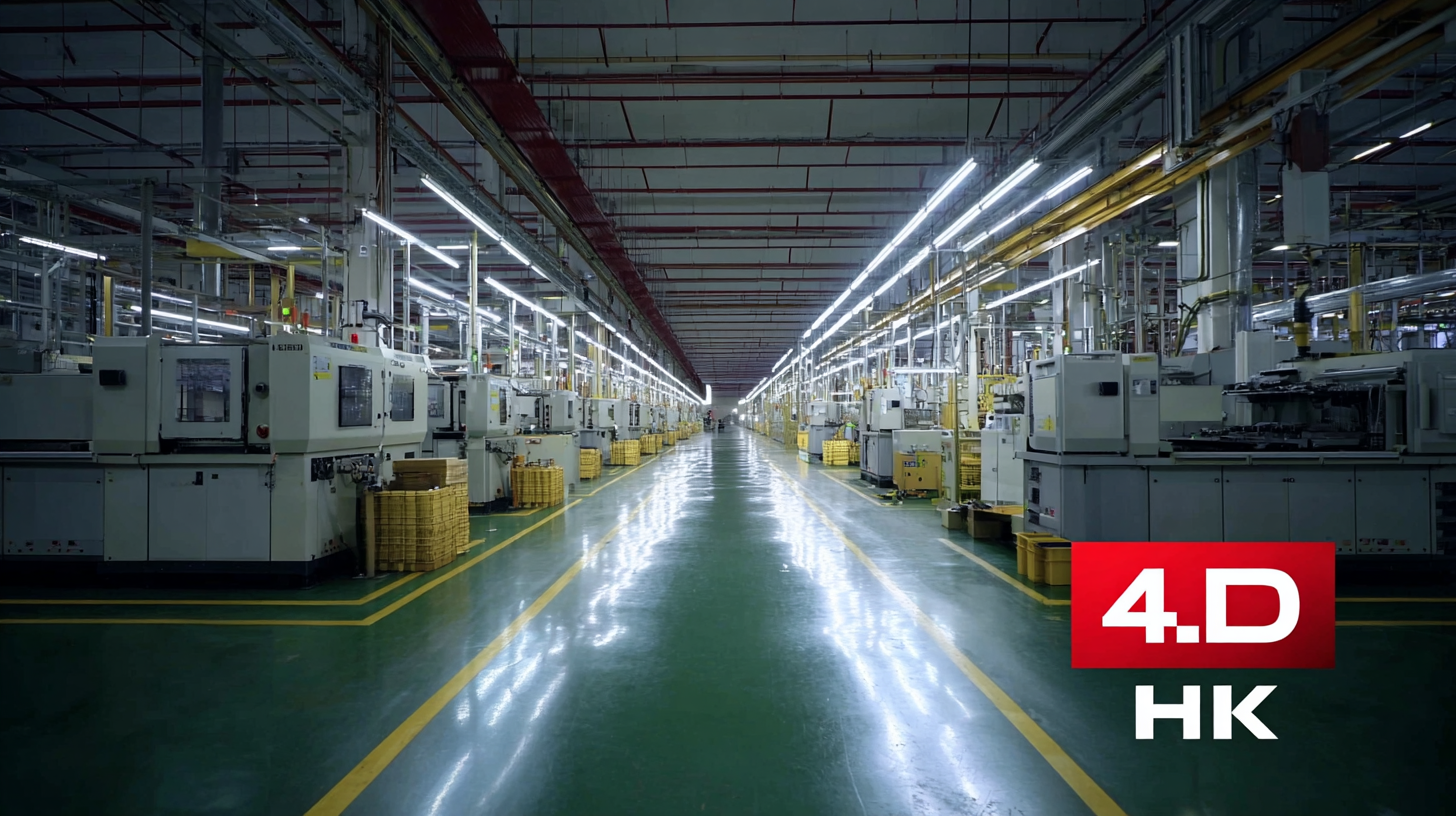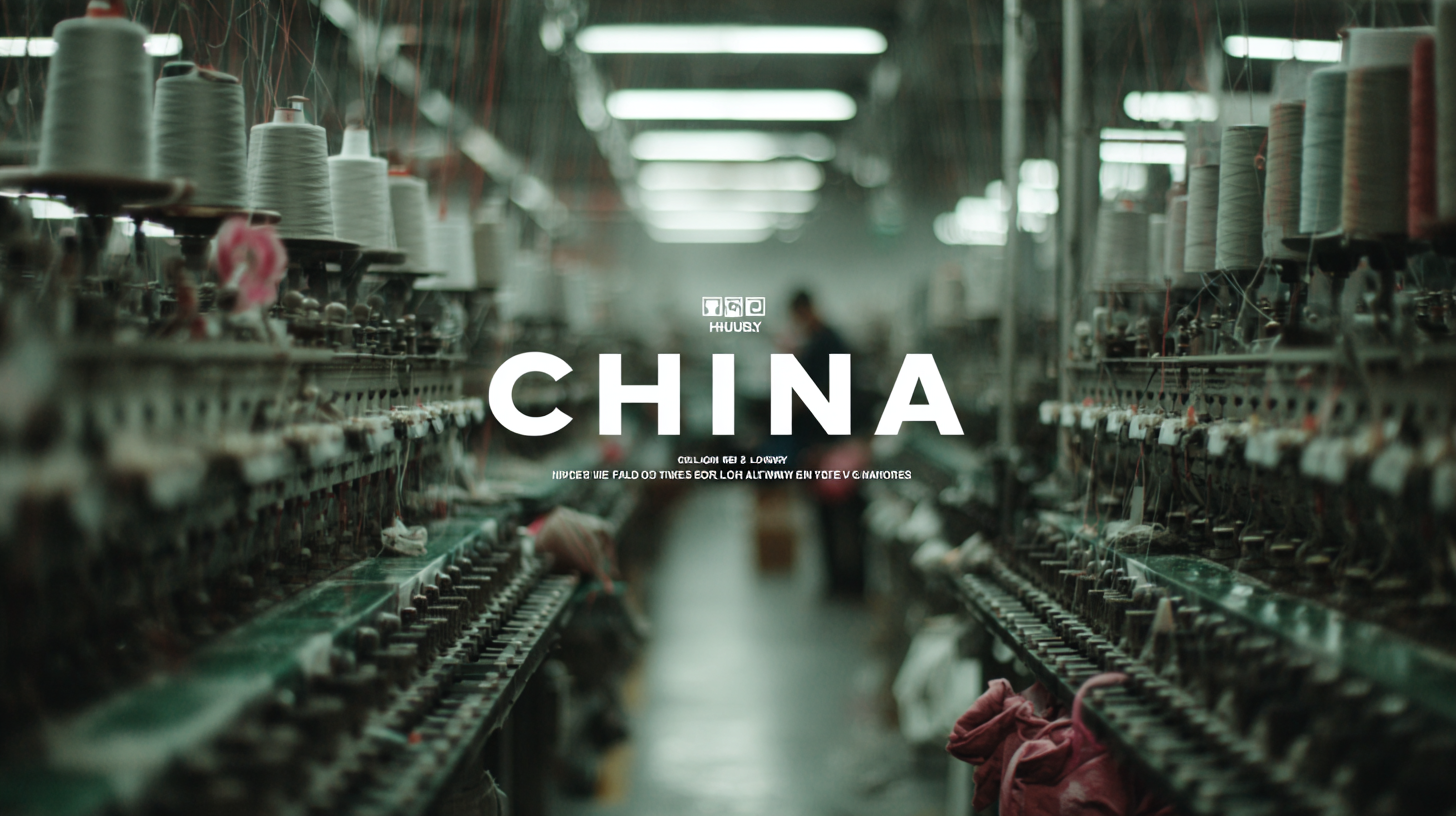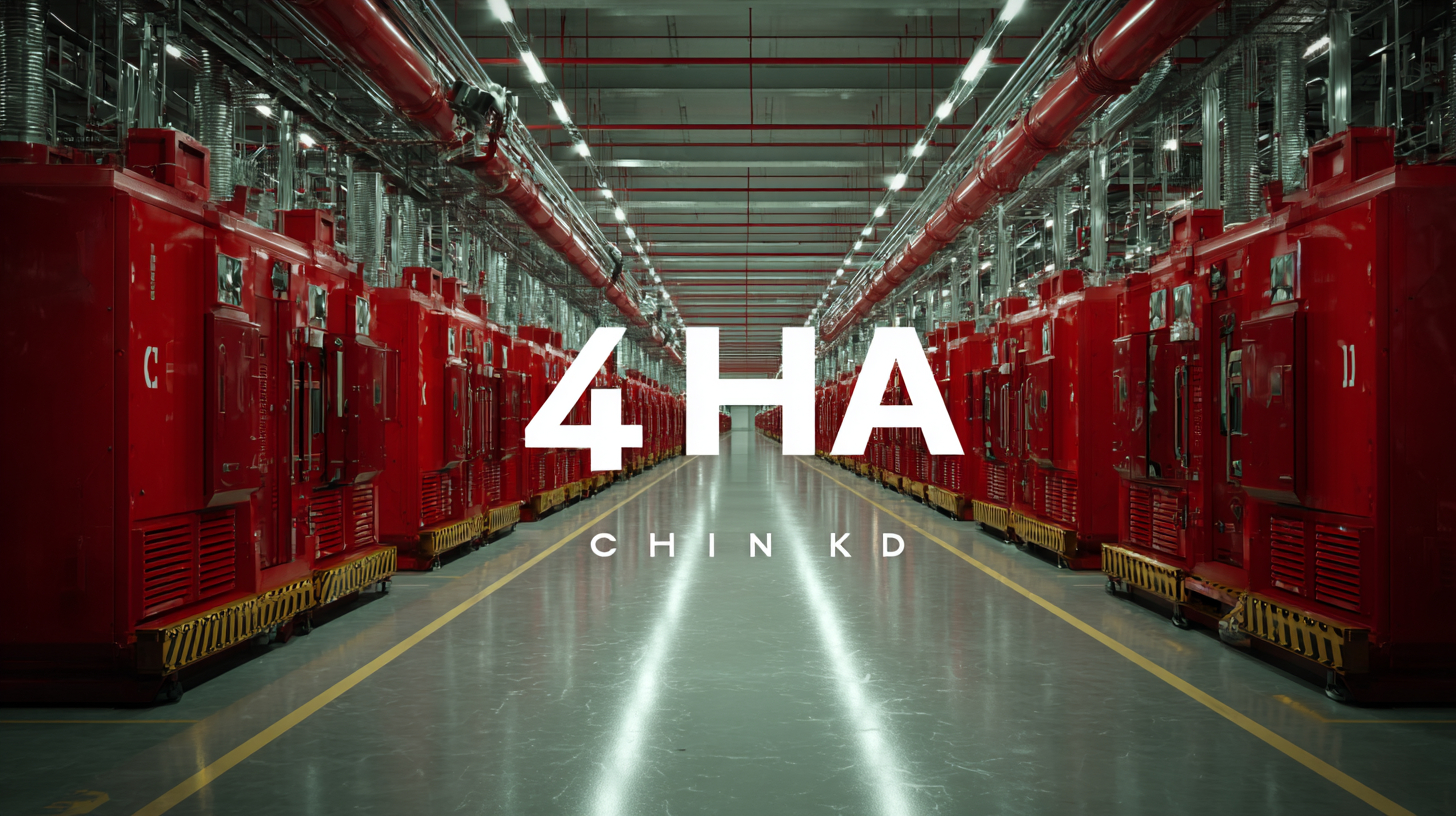

As global demand for high-quality products continues to rise, Chinese factories have positioned themselves as leaders in manufacturing excellence. According to a report by McKinsey, China accounted for approximately 28% of the world’s manufacturing output in 2020, showcasing its capacity to deliver a wide range of products that meet international standards. This impressive figure underscores China's pivotal role in the global supply chain, catering to diverse industries from electronics to textiles. Furthermore, with advancements in technology and increased investment in quality control, Chinese factories are not only boosting their productivity but also enhancing the quality of their offerings. This blog aims to explore the detailed technical specifications that define these products, as well as provide a comprehensive guide on how to navigate the complexities of sourcing from China, ensuring global buyers can make informed decisions in their procurement processes.

In 2023, the Chinese manufacturing sector has maintained a remarkable growth rate, demonstrating resilience amid global challenges. The latest data reveals a significant uptick in exports, particularly in sectors such as electronics, textiles, and machinery. This growth is fueled by innovations in production techniques and a shift towards sustainable manufacturing practices. Global buyers are increasingly recognizing the quality and reliability of products coming from Chinese factories, which has solidified China's position as a leading manufacturing hub.
For businesses looking to engage with Chinese suppliers, it's crucial to understand the intricacies of the export market. One tip is to establish clear communication channels to ensure quality expectations are met from the outset. Additionally, visiting factories can provide valuable insights into their operations and quality control processes. Leveraging partnerships with local consultants can also help navigate the complexities of importing goods, facilitating a smoother transaction.
As the landscape of global trade continues to evolve, staying informed about trends in Chinese manufacturing will be beneficial. Keeping an eye on market shifts, regulations, and technological advancements can equip businesses with the knowledge needed to make informed purchasing decisions. By adopting these strategies, buyers can better position themselves to capitalize on the quality offerings of Chinese factories.
In the evolving landscape of global manufacturing, technology plays a pivotal role in enhancing quality control within Chinese factories. A recent report highlights the ongoing digital revolution that is reshaping the manufacturing sector. As manufacturers increasingly adopt digital solutions, tools such as industrial software and smart factory systems are essential for achieving high-quality production. McKinsey's findings suggest that digital transformation in manufacturing can drive significant improvements, including efficiency gains of up to 20% and a reduction in failures through precise data-driven decision-making.
Moreover, the integration of AI technology into production processes is revolutionizing quality control. With the current application of AI models in the Chinese industrial sector standing at only 8%, experts predict substantial growth potential in harnessing these capabilities for enhanced operational performance. For instance, AI-driven solutions allow factories to maintain low energy consumption while meeting zero-defect manufacturing goals. This synergy between advanced technology and quality assurance not only elevates domestic production standards but also cements China’s position as a competitive player on the global stage, ensuring that buyers receive high-quality products that meet stringent international standards.

China has positioned itself as a powerhouse in global export markets, fueled by innovation across multiple sectors that cater to varying buyer needs. With manufacturing capabilities at the forefront, sectors such as electric vehicles, semiconductors, and apparel are driving China's export success. Recent industry reports indicate that the electric vehicle and battery industries lead the charge, with Chinese firms producing a significant portion of the world's supply. This dramatic growth is supported by advancements in technology and competitive pricing, attracting global buyers seeking reliable sources for quality products.

Tips for Buyers:
When sourcing from China, consider diversifying your supply chain to mitigate risks. Southeast Asia is emerging as an alternative manufacturing hub, promising logistical advantages and competitive quality. Additionally, staying informed about consumer trends can enhance your purchasing decisions. The 2025 insights reveal shifting consumer behaviors; understanding these trends will allow you to align your procurement strategies with market demands effectively. Engaging with suppliers who prioritize innovation can also yield a competitive edge in a dynamically changing global market.
Chinese factories have become pivotal players in global supply chains, significantly enhancing efficiency and product availability. With a rich history of manufacturing expertise and the capability to scale production rapidly, these factories have redefined the landscape of global commerce. Their innovative approaches, coupled with advanced technologies, enable them to meet the demands of diverse markets, ultimately leading to a more streamlined supply chain.
Moreover, the strategic locations of many Chinese factories provide them with access to key shipping routes, reducing transit times and lowering logistics costs. This proximity not only benefits global buyers but also allows for quicker response times to market changes. As businesses strive for agility in their operations, the role of Chinese factories in creating a responsive and resilient supply chain cannot be understated.
The collaborative efforts between international brands and local manufacturers continue to drive advancements that enhance overall supply chain efficiency, showcasing the significant global impact of China's industrial capabilities.
China is increasingly leveraging its manufacturing excellence to gain a competitive edge in global markets, particularly in high-tech industries such as batteries and electric vehicles.
According to industry reports, Chinese manufacturers now produce nearly two-thirds of the world’s electric vehicles and over 70% of lithium-ion batteries, solidifying their position at the forefront of innovation in these sectors.
The localized strategies adopted by leading companies have not only enhanced production efficiencies but also reduced costs significantly, making them formidable players against competitors.
The country’s dominance in versatile industries, like shipbuilding and battery manufacturing, is underpinned by strategic planning and the integration of advanced technologies within the production processes.
As a result, firms are prioritizing cost reduction as a key survival mechanism amidst tight margins. Reports indicate that only the lowest-cost producers, often found in China, will survive in markets characterized by intense competition.
This environment fosters an ecosystem that not only focuses on rapid production but also on sustainable practices, aligning with global trends towards greener supply chains.
Moreover, the rise of top companies indicates a growing trend of excellence in management and operational strategies. As cited in the 2024 "China Best Managed Companies" list, numerous enterprises are accelerating their global expansion efforts through innovation and strategic partnerships.
This commitment to continuous improvement and adaptation positions Chinese factories as invaluable partners for global buyers seeking quality products and competitive pricing in an increasingly interconnected market.